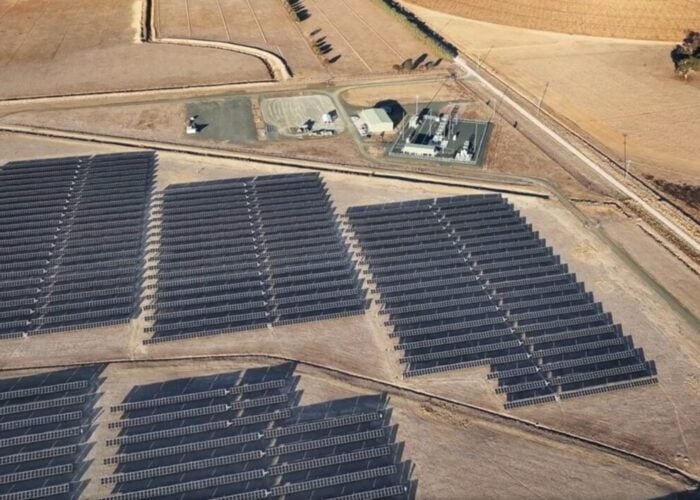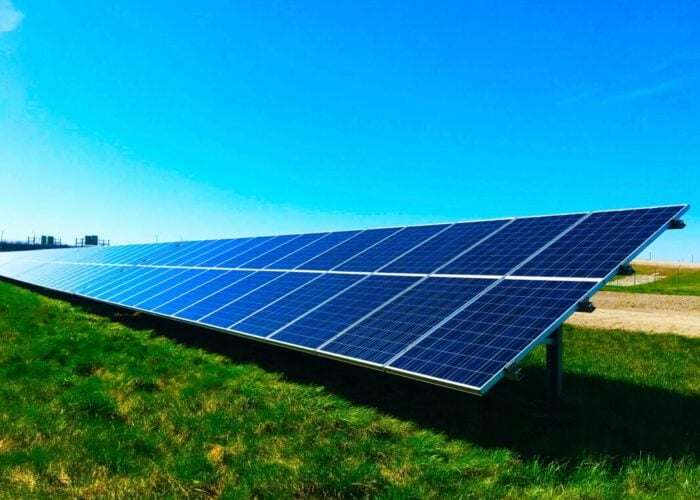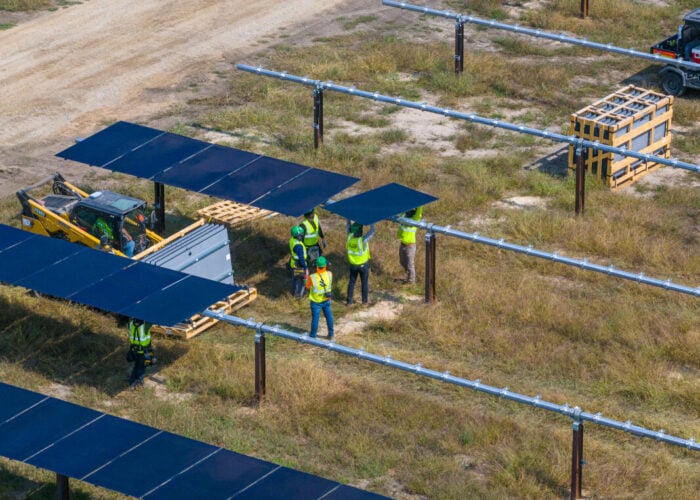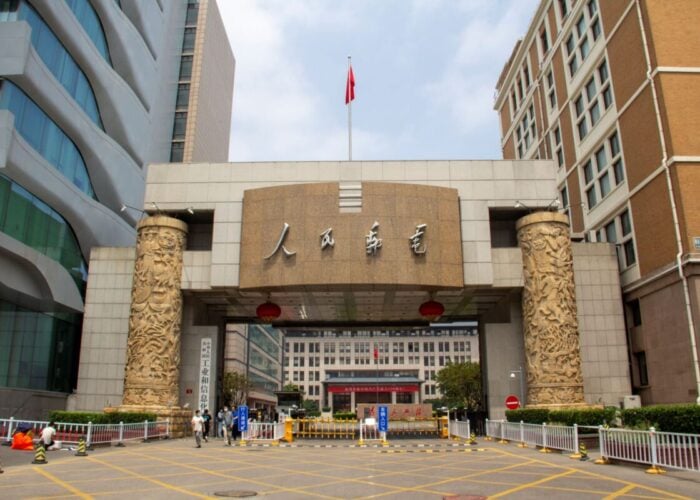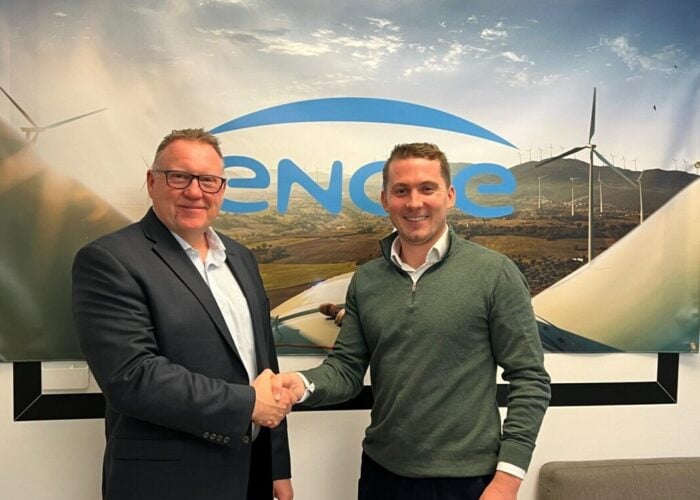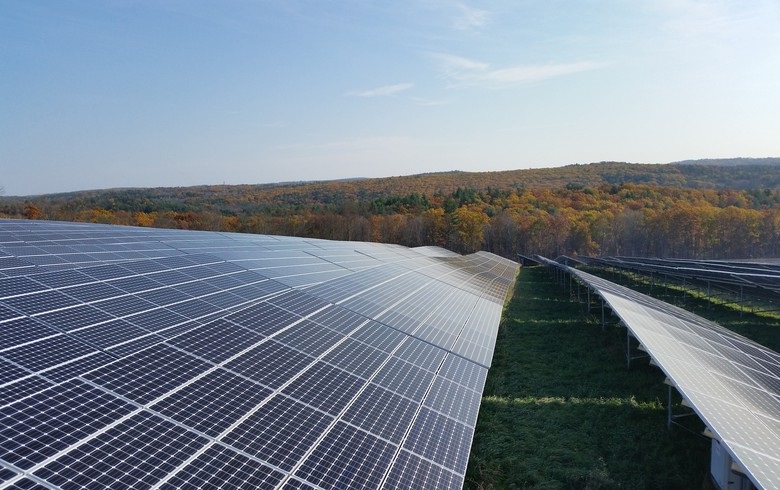
Solar Energy Industries Association (SEIA) has slammed a proposed rule change that would see solar PV projects in the US categorised as high risk structures, pushing up development costs and dampening the positive impact of the Inflation Reduction Act (IRA).
Today, the US’ International Code Council will begin voting on rule S76-22, which would require solar plants to be built to withstand earthquakes, hurricanes and other natural disasters.
Try Premium for just $1
- Full premium access for the first month at only $1
- Converts to an annual rate after 30 days unless cancelled
- Cancel anytime during the trial period
Premium Benefits
- Expert industry analysis and interviews
- Digital access to PV Tech Power journal
- Exclusive event discounts
Or get the full Premium subscription right away
Or continue reading this article for free
“This change would cause a dramatic, untenable spike in construction costs and require more steel and high-rated solar modules than what is available on the market,” a SEIA spokesperson told PV Tech.
“In essence, the potential for clean energy deployment after passage of the Inflation Reduction Act would be dramatically reduced.”
Enacted by the US’ Federal Emergency Management Agency (FEMA), the rule changes would increase the structural risk category (RC) of most large-scale PV, energy storage and wind projects to category four, which is the same as hospitals, fire stations and police stations.
Today, roughly 95% of large-scale PV facilities are designed and permitted in the first and lowest risk category, SEIA said, adding that the proposals were “poorly defined and technically unworkable”.
“In its current form, S76-22 would cause a drastic spike in construction costs, forcing the cancellation of dozens of gigawatts of clean energy projects that support thousands of jobs and that the United States is relying on to boost grid resiliency,” wrote SEIA’s CEO and president, Abigail Ross Hopper.
In fact, improving grid resilience is the purpose of the proposed changes. Supporters of the law change argue that applying standards to a project’s structural calculations will lead to greater grid reliability, fewer power outages and improved functional recovery of buildings. This has becoming increasingly important in the US, which has experienced a mounting number of power outages of late, but SEIA said the rule would do little to support grid reliability.
“What’s so backwards about this is that FEMA’s goal is reliability, and this would reduce reliability,” said the trade body’s spokesperson. “It’s easy for FEMA to impose the strictest engineering standards for anything, but in practical market terms, these standards would eliminate independent power producers and cut back solar deployment, which reduces reliability.”
“The process is a complete mess and there is no opportunity for public input,” they added, urging solar stakeholders to oppose the proposals and sign its letter of opposition.
“In practice, this code change will make most solar and storage projects too costly to build, which will weaken the grid and stop clean energy development in its tracks – all without any benefits to reliable electric service,” said Hopper.

